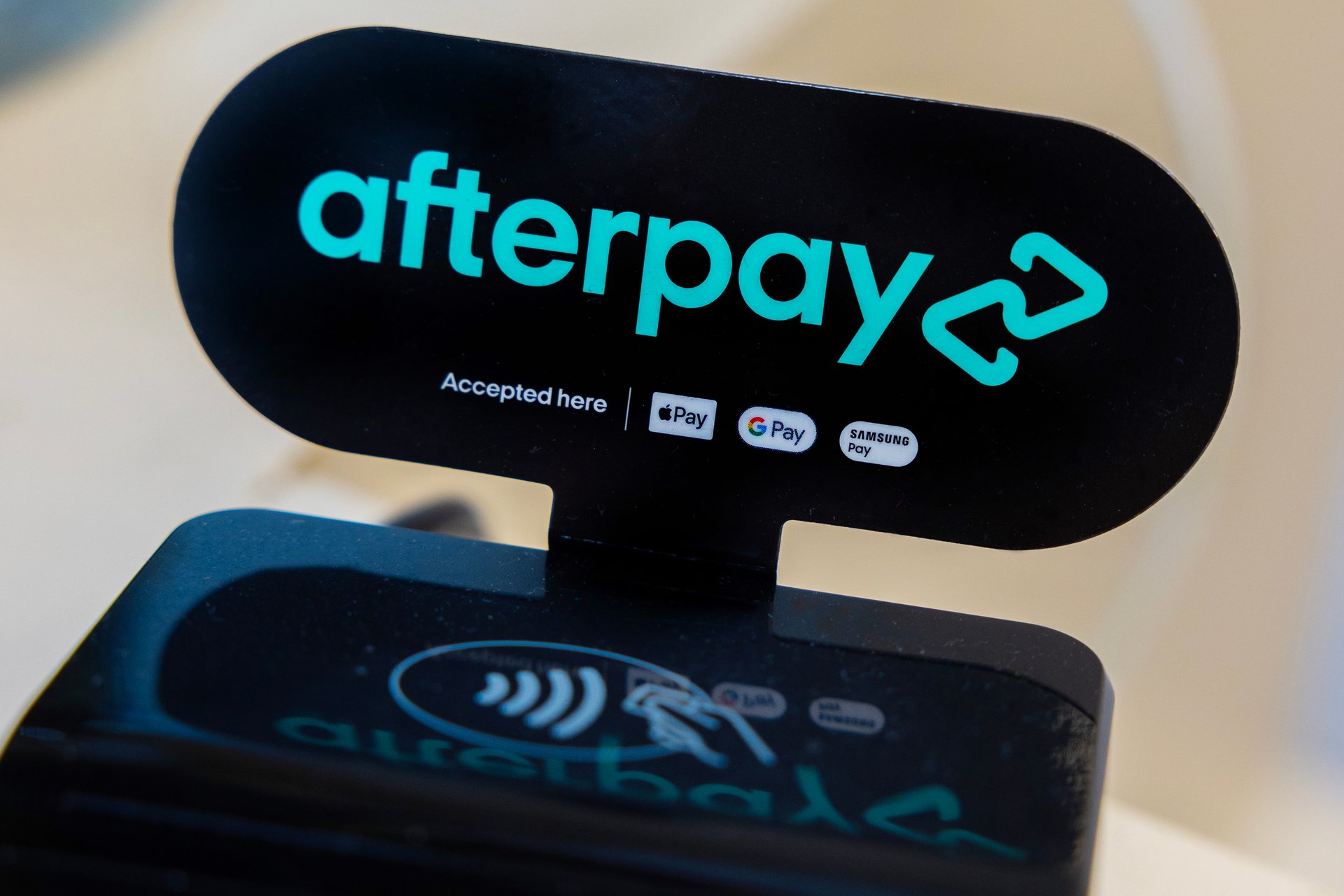Buy now, pay later loans will soon influence your credit score
Buy now, pay later loans have exploded in popularity. Now, they’ll start impacting how your creditworthiness is judged.

Steve Christo - Corbis/Corbis via Getty Images
Millions of Americans who use Buy Now, Pay Later plans (BNPL) to pay for everything from takeout to tickets will soon see those loans reflected in their credit scores, marking a major shift in how lenders assess consumer financial health.
Suggested Reading
FICO, the leading U.S. credit scoring firm, announced Monday that it is rolling out a new scoring model this fall that will factor BNPL loans into a consumer’s credit profile for the first time. The move comes amid significant growth in the BNPL market and rising concern among regulators and consumer advocates over how these loans fit into the broader financial system.
Related Content
Previously, short-term installment plans offered by BNPL providers—usually paid in four interest-free payments over six weeks—were largely invisible to lenders. The loans rarely required traditional credit checks, and most were not reported to the credit bureaus. That began to change in April, when Affirm started voluntarily reporting certain pay-in-four loans to Experian. FICO’s new model builds on that by allowing lenders to see BNPL activity—provided the lender uses the new score and the BNPL company reports the data.
According to FICO, the change is about bringing more transparency to a credit ecosystem that increasingly relies on alternative forms of financing. “Buy Now, Pay Later loans are playing an increasingly important role in consumers’ financial lives,” said Julie May, vice president and general manager of business-to-business scores at FICO. “We’re enabling lenders to more accurately evaluate credit readiness, especially for consumers whose first credit experience is through BNPL products.”
A credit building tool—or a risk multiplier?
FICO says the new model could help younger borrowers or those with thin credit files build stronger profiles. In a joint study with Affirm, the company found that consumers with five or more BNPL loans typically saw their credit scores increase or stay stable under the new scoring method. Consistently repaying BNPL loans on time may now help improve access to traditional credit products like mortgages, car loans, or rental applications—opportunities previously out of reach for some.
However, not all observers are sold on the upside.
Nadine Chabrier, senior policy and litigation counsel at the Center for Responsible Lending, noted to AP that the integration of BNPL into credit scoring carries unknown risks—particularly for already credit-vulnerable populations. “There isn’t a lot of information out there about how integrating BNPL into credit scoring will work out,” she said, noting that while FICO's simulations showed positive outcomes for some users, the long-term consequences remain unclear.
Chabrier pointed to studies indicating BNPL users often already have lower credit scores, high card balances, and existing debt. She also noted that women of color are disproportionately represented among BNPL borrowers. “This is a credit-vulnerable community,” she said. Lendingtree recently reported that 41% of BNPL borrowers make at least one late payment over the past year. Nearly 1 in every 4 BNPL users (23%) also say they’ve had three or more active BNPL loans at the same time.
Phantom debt and loan stacking
BNPL providers have long marketed their services as convenient, low-risk alternatives to credit cards. But as the products have scaled, so too have concerns around “loan stacking”—where borrowers take on multiple BNPL loans across platforms simultaneously. Because many of these loans haven’t been reported to credit bureaus, lenders have lacked a full picture of a borrower’s obligations, leading to what experts call “phantom debt.”
FICO’s new model attempts to address this opacity by offering a more holistic view of a consumer’s repayment behavior. While the new scores will become available to lenders this fall, widespread adoption may be gradual. Not all BNPL providers currently report to the credit bureaus, and not all lenders will opt to use FICO’s new model. But the momentum is clear: as BNPL usage expands and concerns about consumer overextension grow, so too does pressure to integrate these loans into the formal credit system.
The timing is notable. Since the resumption of federal student loan payments in March, AP notes that millions of Americans have already seen steep declines in their credit scores. The inclusion of BNPL data could offer a lifeline for some—but for others, it could further expose financial vulnerabilities that were previously hidden.
